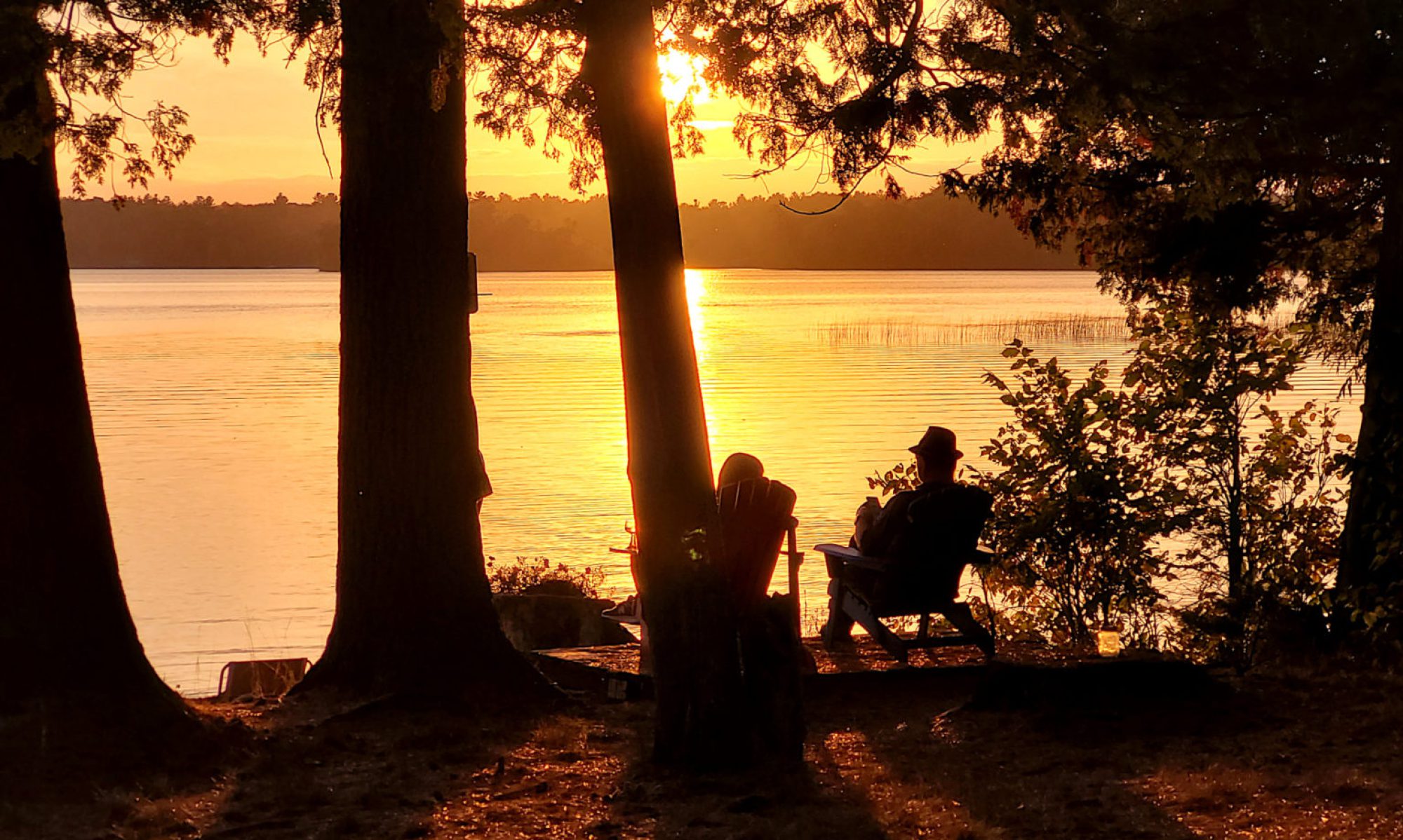I often bring my kayak with me when we go to different places, because there’s almost always a lake or river or creek worth paddling around, and it’s a great way to see different aspects of the places we visit. Last year when we came in the spring, I paddled around a huge wetland called Cootes’ Paradise and saw a ton of turtles and hawks and other wildlife. So this past weekend, when we went to our daughter and son-in-law’s place in Ancaster, Ontario — which is just outside Hamilton — I looked for a different place nearby where I could take the kayak and see some wildlife and natural scenery.
Hamilton has historically been a pretty industrial city, with a number of giant steel mills that belch smoke as you drive by. But they have tried to make things a little nicer in different ways, and one of those ways is Bayfront Park, which is a lovely park right by the bay (obviously). So I checked out a few sites and one talked about paddling from Bayfront across the bay to a creek called Grindstone Creek, which winds its way past the Botanical Gardens and through a wetland area.

I dropped the kayak into the water at the boat launch, and then paddled out of the protected inlet on that side of the park. Once I got out into the open part of the bay, I could see that it was quite windy — not huge waves, but some whitecaps here and there. So paddling across to the creek entrance by following the shore wasn’t really a great option, since that would mean the waves hitting me broadside.
So I wound up essentially tacking, the way a sailboat would — paddling at a 35-degree angle or so into the wind. Once I got about halfway across, I turned and paddled down-wind at about the same angle until I hit the mouth of the creek, when the wind died completely. From there it was a calm and peaceful paddle up the creek, through some marshlands, where the city had obviously been trying to create more wetland by setting up low berms — which I soon noticed were made out of old Christmas trees, which seemed like a fairly brilliant idea.

I paddled for about half an hour or so, as the creek twisted and turned through the marsh. I saw lots of ducks and Canada geese, and a red-tailed hawk, and a bald eagle — and right near the end of the trip out, I saw a beautiful pair of white swans. I think they must have had a nest nearby, because the male seemed quite antsy and started advancing towards me menacingly. So I spoke softly to him and backed the kayak up and headed back the way I came.
As it turned out, I had to do the same thing on the way back across the bay — tacking upwind at an angle and then turning to go downwind. All in all it was a great day, and I really enjoyed exploring the creek and the wetlands. It probably took me about two and a half hours all told, and I would estimate it was about 15 kilometres or so round-trip (it would have been less if it hadn’t been so windy though).

